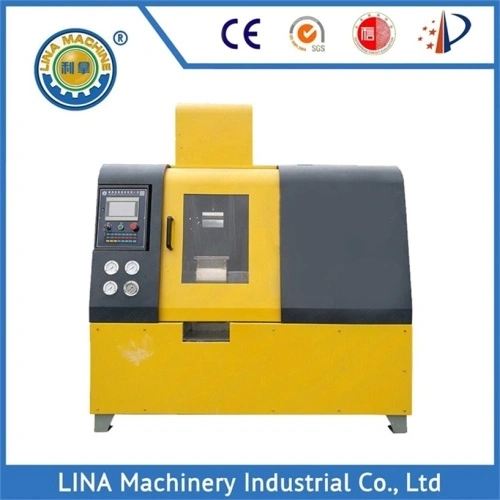In the process of selling internal mixers, many customers and friends have a lot of confusion in the purchase of AC motors and DC motors when purchasing internal mixers, open mixers and other rubber mixing equipment, according to the sales department. Sort out: 1. Explanation of terms DC motor: is to use direct current as a power source AC motor: It uses alternating current as a power source. 2. Structural Analysis The principle of the DC motor of the internal mixer/open mixer is relatively simple, but the structure is complex and inconvenient to maintain. The AC motor has a complex principle but a relatively simple structure, and is easier to maintain than a DC motor. 3. Working principle Internal Mixer/open mixer DC motor is to introduce current into the rotor armature through brushes and commutators, so that the rotor is forced to rotate in the stator magnetic field. The AC motor (take the commonly used AC asynchronous motor as an example) is to pass the AC current into the stator winding, thereby generating a rotating magnetic field in the air gap of the stator and the rotor, and the rotating magnetic field generates an induced current in the rotor winding, so that the rotor is subjected to the stator magnetic field. Force produces rotation. The speed regulation of the DC motor is simple, but the application is limited. AC motor speed regulation is relatively complex, but it is widely used due to the use of AC power. The AC speed regulation is to change the speed of the motor by changing the frequency of the AC power supply, and the DC is to adjust the armature voltage to change the speed. Nowadays, AC speed regulation is often used, which can save energy and reduce the failure of the motor. 4. The advantages and disadvantages of AC motors and DC motors: The DC motor has fast response, large starting torque, and can provide rated torque from zero speed to rated speed. The performance of the torque, the armature magnetic field and the rotor magnetic field must be maintained at 90°, which requires carbon brushes and commutators. Carbon brushes and commutators will generate sparks and carbon powder when the motor rotates, so in addition to causing damage to the components, the application is also limited. The AC motor has no carbon brushes and commutators. It is maintenance-free, sturdy, and widely used. However, in order to achieve the performance equivalent to the DC motor, complex control technology can be used to achieve it. AC motors are divided into two categories: asynchronous motors and synchronous motors. Asynchronous motors are divided into single-phase asynchronous motors, two-phase asynchronous motors and three-phase asynchronous motors according to the number of stator phases. The three-phase asynchronous motor has simple structure, reliable operation and low cost.
If you want to know more about our company's dynamics or products, you can consult us. We also sell Dispersion Kneader, Rubber Internal Mixer, Rubber Open Mill, Two Roll Mill, Plastic Granulator and Extrusion Pelletizer.




